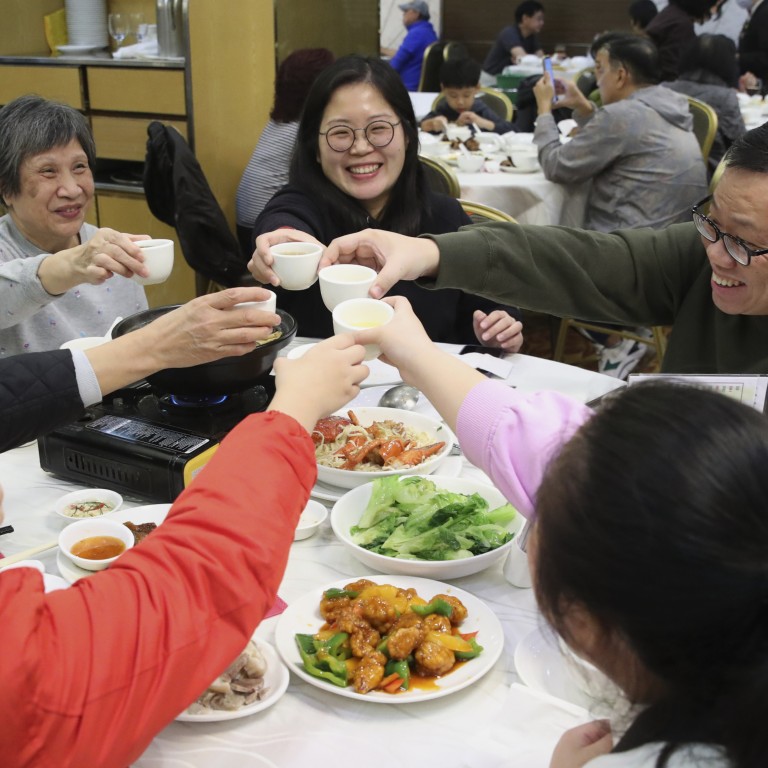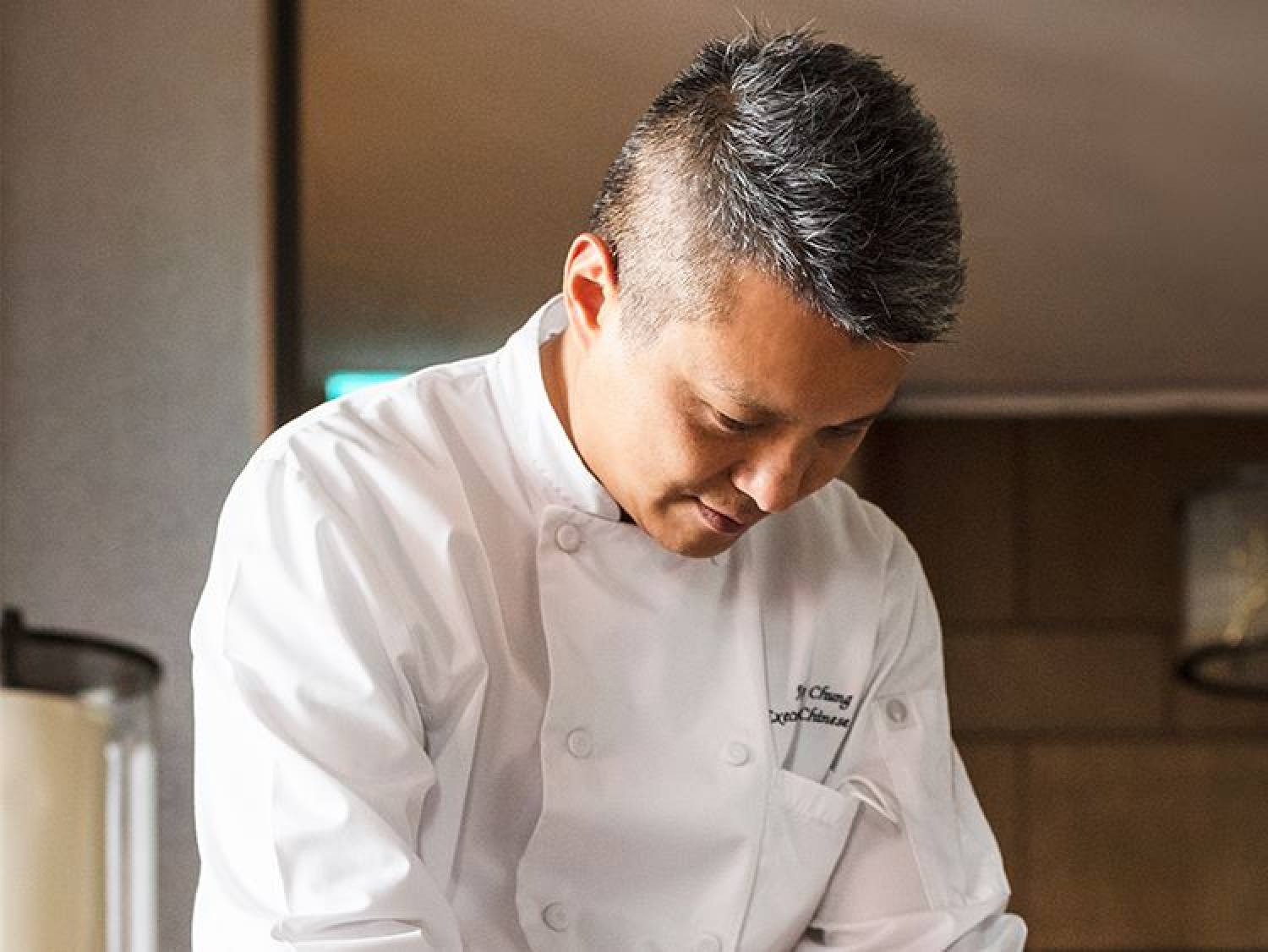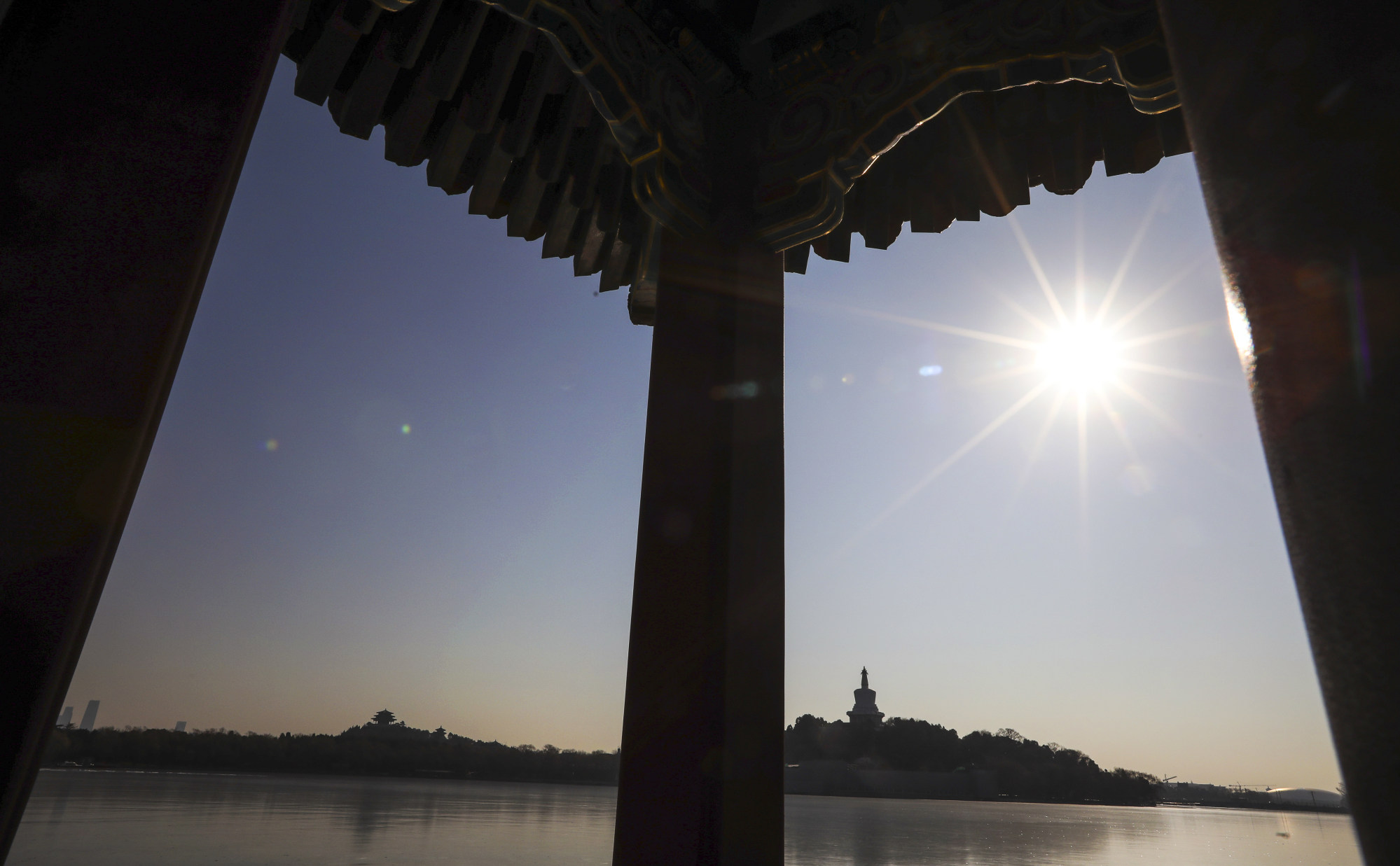
Explainer | The winter solstice is a Chinese festival more important than Lunar New Year – why that is, and other big dates on the solar calendar
- Lunar New Year is one of the most celebrated festivals in China but, in Chinese culture, the winter solstice, or dongzhi, is seen as the more important one
- We break down why that is the case, what other notable points of the year there are on the solar calendar, and how Chinese people traditionally mark them
While the Lunar New Year may be one of the most celebrated festivals in China, it is the winter solstice – which falls on December 22 this year – that is the most important.
The 24 solar terms refer to specific points in the Earth’s orbit around the sun. These markers on the sun’s position and its effects on weather have a huge influence on the people and their activities, from florists to farmers to traditional Chinese medicine practitioners.
Even the Chinese almanac, a divination guide, refers to dates and traditions derived from the solar terms.

The four obvious dates are the beginning of spring (lichun), the beginning of summer (lixia), the beginning of autumn (liqiu) and the beginning of winter (lidong).
The vernal or spring equinox (chunfen) and the autumnal equinox (qiufen) are the two points where the day and night are of equal length. The summer solstice (xiazhi) has the longest day and shortest night in a year, while the opposite is true for the winter solstice (dongzhi).
Winter solstice: what Chinese solar calendar can teach us about eating well
“Rain water” (yushui) means the start of the spring rains. “The waking of insects” (jingzhi) indicates when spring thunder awakens hibernating insects.
“Pure brightness” (qingming) marks the onset of spring, when a bright spring replaces the cold winter. This is the date deemed most suitable for grave sweeping – when Chinese people pay respect to their ancestors by cleaning their graves – and is marked as Ching Ming on the Hong Kong calendar.
“Grain rain” (guyu) sees the increase of rainfall, which is beneficial to crops. “Grain budding” (xiaoman) is when summer crops start to show plump seeds. “Grain in ear” (mangzhong) denotes that wheat has ripened.

“Slight heat” (xiaoshui) and “great heat” (dashu) denote the full onset of summer, with dashu being the hottest day of the year. “Limit of heat” (chushu) indicates that the scorching summer days will soon be gone.
“White dew” (bailu) is when dew starts appearing in the morning, indicating that the weather is turning cold. As this intensifies, we move on to “cold dew” (hanlu).
“Descent of frost” (shuangjiang) means the appearance of the first frost of the season. “Slight snow” (xiaoxue) and “great snow” (daxue) announce the arrival of the snowy season. “Slight cold” (xiaohan) and “great cold” (dahan) denote the degree of coldness in winter, with dahan being the coldest day of the season.

This interpretation of the solar terms is northern hemisphere-centric, as the seasons are inverted in the southern hemisphere.
It was Dan the Duke of Zhou, of the Zhou dynasty (1046BC – 256BC), who proposed that the year start on the winter solstice or dongzhi.
It has been noted in history books that people would save their money to buy new clothes, prepare feasts and worship their ancestors on that day, which was more or less celebrated like the Lunar New Year today.

In fact, the Lunar New Year was not declared the herald of the new year until almost a millennium later in the Western Han dynasty (202BC – 9AD) by Emperor Wu of Han.
It is no wonder, then, that the winter solstice remains so important in Chinese culture – and it makes sense, when looked at through the lens of an agrarian society.

He explains: “For the people of the southern provinces in China, such as Guangzhou, winter solstice was more important than [Lunar] New Year because it’s the shortest and coldest day of the year.
“It quickly became a Chinese tradition to gather the family around a warm and cosy dinner to nurture the soul with celebration, and the body with good food to fight the remaining winter.
“The saying goes: the bigger the winter solstice celebration is, the better the year ahead.” When the crops are long harvested and winter preparations mostly done, what else should one do on the year’s shortest day but gather with family and friends?

The solar terms have been around for so long that they have permeated many parts of Chinese life and lore.
Farmers and florists will sow seeds and harvest according to the solar terms to maximise the amount of rain and sun their crops get and to avoid dew and frost. Marine life migrates according to the temperature of the sea, so fishermen also had to pay attention to the solar terms.

In modern times, this reflects on culture – artists such as Liu Dahong and Jiang Hongwei have art collections based on the solar terms.
But with the erratic weather we have been seeing in recent years because of climate change, will events such as “grain budding” and “white dew” even arrive at the predicted time?

